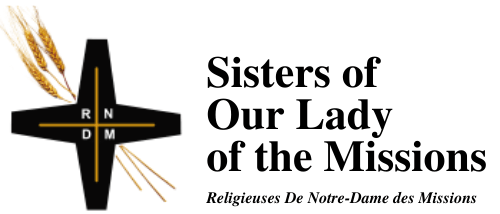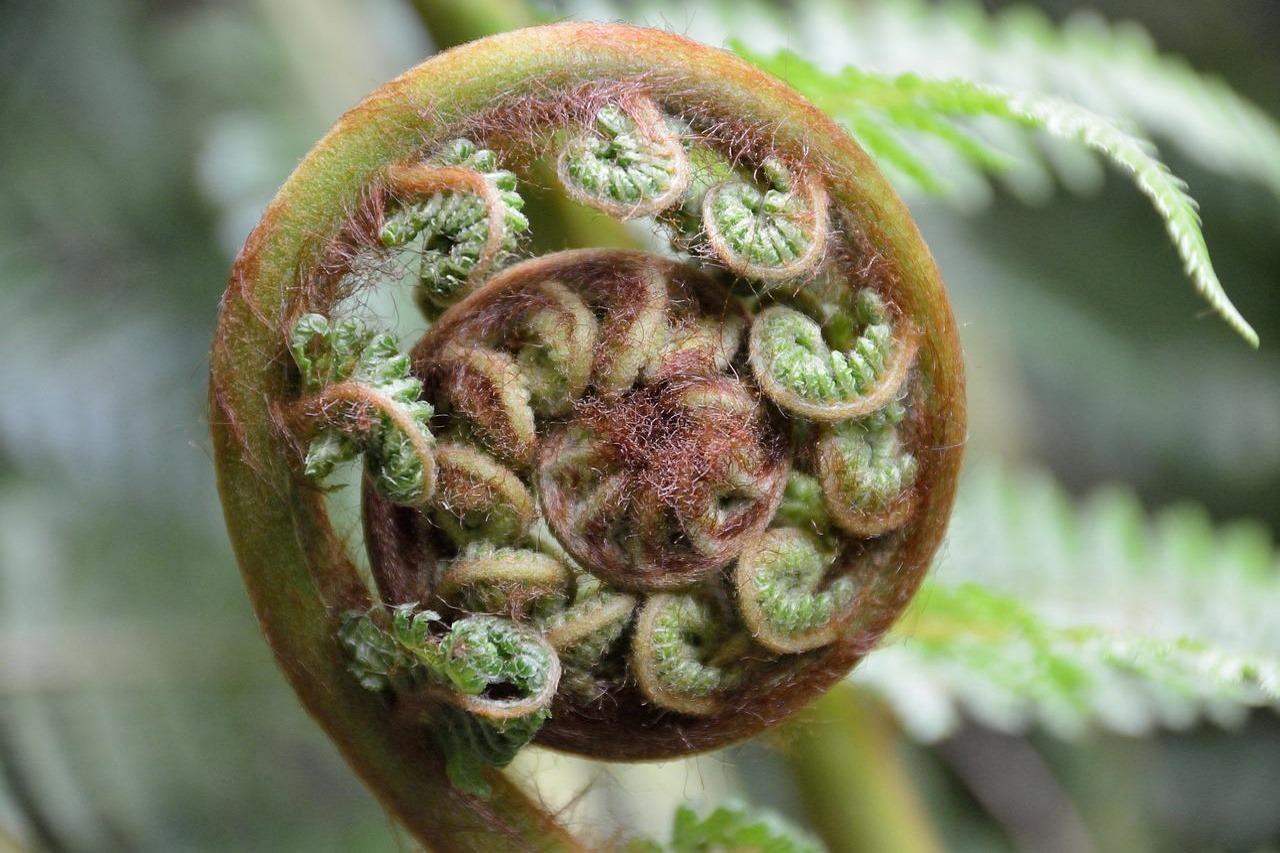The Sisters of Our Lady of Missions, my congregation, was one of the many 19th century congregations founded to involve Catholic sisters in a subordinate capacity in assisting bishops and priests in their task of planting the Catholic church where it had not yet been planted – plantatio ecclesiae. The Sisters’ contribution usually involved them in works of charity –education, nursing, care of orphans and disabled – thereby fulfilling their biologically-determined role of caring and nurturing.
But by the mid-20th century in much of the Western world, governments had often taken over responsibility for such works, while the ever-decreasing number of vocations to religious life saw fewer Catholic sisters engaged in such tasks.
But a new missionary imperative was emerging – care of the environment. While this imperative is not always identified as a matter of urgency by many episcopal conferences despite Francis’ wonderful 2015 encyclical Laudato Si’, Sisters have seen it as important. Many have joined with others in in action on behalf of an exploited environment.
I live in New Zealand, a decidedly secular country where more than half the population now officially identify themselves as having “no religion”. I am involved in local community programmes such as weed-eradication and predator-control, both of which have as their aim protection of endangered indigenous flora and fauna, so threatened by exotic species introduced by 19th century English settlers, and then “accidentally” from the 20th century onwards.
Most New Zealanders live in relatively close proximity to nature. I find when I go out with neighbours to clear weeds, or to a workshop on how to more effectively trap predators, there is something analogous to a religious atmosphere. These meetings, usually held on Sundays, begin with a general reporting back on what has happened since the last meeting. Then there is input from someone with particular knowledge that would help all gathered. Those gathered respond to this with questions for clarification or add their own insights. A shared morning tea, lunch or afternoon tea follow after which people go forth refreshed to continue their task of caring for creation with renewed commitment.
This structure follows that of a Sunday Eucharist in the Catholic tradition, and I must admit to occasionally finding such gatherings more life-giving than a parish Sunday Mass!!
I am struck by the unconscious religious quality characteristic of these conversations. People talk of feeling something mysterious/spiritual about their experience of being close to nature, of being aware of something greater than themselves at work, of recognising that they are working collaboratively to ensure that the rights of nature are respected and honoured. The fruits of their labours may not appear immediately but there is an awareness they are not just doing this for themselves but for future generations. It is an exciting way to be missionary in an environmentally threatened world.
Susan Smith RNDM is a lecturer emerita in The University of Auckland’s Department of Theology. Her PhD was on developments in Catholic missiology after Vatican II. After her retirement from The University of Auckland, Susan also provided NT modules for the University of Newcastle, Australia, and a Women in Leadership module for Duquesne University. Susan lives with another member of her congregation in Whangarei, New Zealand, where both are committed to exploring experientially what it means to live in an eco-community. Both are involved in neighborhood environment organizations. They are particularly interested in what might shape eco-spiritualities in New Zealand.





Thanks dear Susan! I love the notion of being an eco-missionary! The vocation keeps unfolding….
Thank you Susan for your enlightening article. I like “care of the environment” as a matter of urgency. Please continue.
Thank you, Susan, for drawing out the religious quality of time shared in and spent tending to our natural cathedral! I love the resonance.
How nice to see your name Noreen, and
… and read your comment about the urgency of our ecological task(s).
Susan’s description of being an “eco-missionary” held new insights for me. And her paralleling our work in creation with the rhythm of good liturgy was striking. Her last line rings true for me: “It is an exciting way to be missionary in an environmentally threatened world.”
I really enjoyed reading your blog post, Susan. My own experience through the last 30 years has been that women in religious communities are the ones who provided me with opportunities and encouragement to open my eyes and heart and see, experience and understand that the natural world is life-giving and so very connected to my own life. Your own RNDM community of sisters here in Canada has been a very important part of this, introducing me to thinkers like Thomas Berry, Joanna Macy among others, and to concepts like “Earth Community” and “Eco-Spirituality.” I am and will always be grateful to RNDMs for saying “Yes” to this “new missionary imperative.” Thank you!
Hi again, Susan, and everyone. A directee this week spoke of a book she is reading; she is on fire with its message. The book is called
The Blue Sapphire of the Mind: Notes for a Contemplative Ecology by Douglas E. Christie. It was published in 2013. The title itself captivates me. Have you read it by chance, Susan? Anyway, it seemed right to suggest it here.
Thanks Susan. I too believe that there is something mysterious/spiritual about being close to nature.